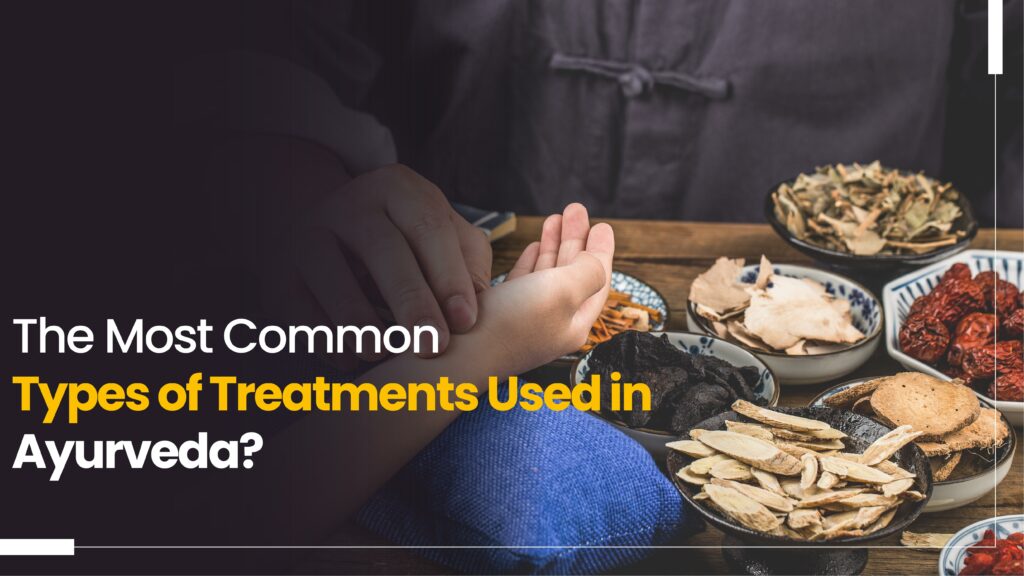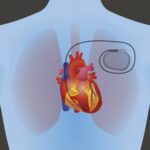
Exhibiting the Indian roots of origin, Ayurveda is standing top among the best medicinal practices around the world. Incorporating natural healing techniques and medicines, Ayurveda aims in recovering patients with minuscule side effects. This characteristic of Ayurveda is the prominent reason for its sustainability among other medicinal practices. Top institutes like Sri Sai Institute of Ayurvedic Research and Medicine, the best ayurvedic college in Bhopal, and many other ayurvedic institutions provide highly effective ayurvedic treatments valuing their positive effect on people’s health.
If you are intrigued to know more about the different treatments used in Ayurveda, then continue reading this article.
6 Types of treatments used in Ayurveda:
Ayurveda implements different types of treatments considering the condition of the patients. A thorough analysis of the health condition of the individual is performed before proceeding with any ayurvedic treatment.
The ayurvedic treatments are categorized into the following six:
- Shodhana Therapy
- Shamana Therapy
- Pathya Vyavastha
- Nidan Parivarjan
- Satyavajaya
- Rasayana Therapy
Let us know more about these ayurvedic treatment types in detail:
Shodhana Therapy:
Shodhana therapy includes ayurvedic treatments that centralize treating causative factors of psychosomatic and somatic disorders. These ayurvedic treatments focus on internal and external purification of the body.
Here are some ayurvedic treatments that fall under Shodhana Therapy practiced in ayurvedic colleges like Sri Sai, the ayurvedic college in MP.
| Ayurvedic treatment | Focus areas | Description | Benefits |
| Vamanan | Respiratory system and upper gastrointestinal tract | Medically induced vomiting:Triggering vomit to detoxify the respiratory and upper gastrointestinal tract using natural products and release stored excessive Kapha. | Helps cure respiratory ailments like Asthma and all Kapha diseases. |
| Virechanam | Digestive system, spleen, and liver | Medically induced purgation:Induced fecal expulsion using special medications to remove built-up toxins. | Helps cure skin diseases, digestive diseases, and mental disorders along with all Pitha diseases.Beneficial for chronic rheumatism. |
| Snehavasthy | Overall digestive system | Oil enema administration:Medicated oil is injected via the rectum to cleanse the digestive system. | Beneficial for treating reproductive tract disorders and spinal disorders. |
| Nasyam | Nose, and vital organs above the neck | Nasal administering medicines:Medicated oil droplets are introduced via the nose to reach vital organs through the circulatory system. | Treats head, neck, and nose disorders and also paranasal sinuses. |
| Kashayavasthy | Lower digestive tract | Herbal enema:Same as Snehavasthy but substituted by warm herbal decoction instead of oil. | Cures urinogenital and gynecological disorders. |
Shamana Therapy:
Shamana therapy concentrates on neutralizing doshas within the body by implying the following ayurvedic treatments:
| Ayurvedic treatment | Description | Benefits |
| Vrata/ksunnigraha | Fasting:Holding onto hunger based on different doshas in the body. | Depletes excessive doshas and neutralizes toxins |
| Trsna | Observing thirst:Not drinking water is a depleting therapy. | Treats excess Kapha like diabetes reducing water channel stress |
| Dipana | Enkindling:Consuming natural digestive stimulants like warm water before a meal. | Treats digestive issues |
| Pachana | Digestion: Consuming herbal digestive stimulants post-meal. | Treats digestive issues and cleans digestive tracts |
| Vyayama | Exercise and yoga:Burn calories by exercising. | Helps maintain body fitness |
| Atapa seva | Sun-bathing: Utilizing sun heat and light for various purposes by letting sun rays penetrate the body. | Treats skin diseases like psoriasis and eczema.Retaliate Kapha and Vata. |
Pathya Vyavastha:
Pathya Vyavastha deals with holistic diet practices that are prescribed based on the different doshas in the body. This ayurvedic practice suggests diets to innervate Agni within the body to maintain doshas, boost immunity and stimulate therapeutic effects.
Ayurvedic hospitals in India like that of Sri Sai, the best ayurvedic hospital in Bhopal have exclusive experts in providing Pathya Vyavastha advice and diet plans.
Nidana Parivarjana:
Ayurveda strongly believes in preventing diseases rather than treating them. So ayurveda involves precautionary measures to avoid the pathogenesis of different dosha diseases. This ayurvedic treatment with prognosis notion is Nidana Parivarjana.
Satyavajaya:
Ayurvedic treatment practices that deal with mental disturbances like constraining the mind from unpleasant memories, unaccomplished wishes, etc are together known as Satyavajaya. Here are a few ayurvedic practices involved in Satyavajaya:
| Ayurvedic practice | Focus area | Description | Benefits |
| Shirodhara | Head | Decoction pouring:Medicated oil poured on the forehead to relieve mental distress | Relieve mental stress.Treats mental illnesses |
| Uzhichil / abhyanga | Overall body | Oil massage:Herb-infused oil is massaged all over the body relieving built-in stress and tension causing muscle relaxation. | Cures sleep-related mental problems. |
| Siro Pichu | Head | Soaking in herbed oils:A cloth soaked in herbs-infused oil laid on the forehead. | Treats headaches |
| Thalapothichil | Head | Herb-crowning head:Herbal paste with suitable medication is applied on the head and covered with banana leaves for medicine to get infused. | Treats anxiety, mental stress, and sleep disorders |
Rasayana Therapy:
Rasayana therapy concentrates on eliminating body issues and rejuvenating the body tissues, muscles, and so on. Rasayana treatment methods lead to the prevention of aging, enhancement of bodily tissues, and immunity against diseases.
Here are Rasayana ayurvedic treatment methods:
| Ayurvedic practice | Description |
| Naimittika Rasayana | Treatments intended for specific diseases like Tharpanam for the eyes, Kativasthi for the back, etc. |
| Ajasrika Rasayana | Maintain good health through improved lifestyle, diets, and much more. |
| Kamya Rasayana | Rejuvenation techniques are intended for the following four purposes: Prana Kamya- Maintaining life energy in the bodyMedha Kamya- Enhancing memory and intellectAyush Kamya- Increasing longevityChakshu Kamya- Maintaining healthy eyes |
A complete look into common types of ayurvedic treatments has been provided. Many top ayurvedic colleges and hospitals like Sri Sai Institute of Ayurvedic Research & Medicine, the best private BAMS college in MP provide most of the above-mentioned ayurvedic treatments in the most effective way.
Conclusion:
Ayurveda is now turning into one of the top medical practices all around the world due to its minimally invasive treatments and positive outcomes. Ayurveda is taking up among American wellness celebrities and demand for its service can reach $ 6 billion in 2026 thus signifying a bright career in the field.
Students who consider establishing a career in the medical industry can preferably pursue BAMS in ayurvedic colleges in Bhopal and all over India.
FAQs:
- What is BAMS?
BAMS stands for Bachelor of Ayurvedic Medicine and Surgery which is an undergraduate ayurvedic course.
- List higher education options after BAMS
- M.D in Ayurveda
- M.S in Ayurveda
- MBA
- Is there an entrance exam for BAMS?
Yes, NEET is considered for BAMS admission.
- Is there any entrance exam for postgraduate ayurvedic courses?
Yes, NEET PG is considered for admission to postgraduate ayurvedic courses.
- Can MBBS doctors prescribe ayurvedic medicines?
No, MBBS doctors cannot prescribe ayurvedic medicines but can recommend ayurvedic doctors.






